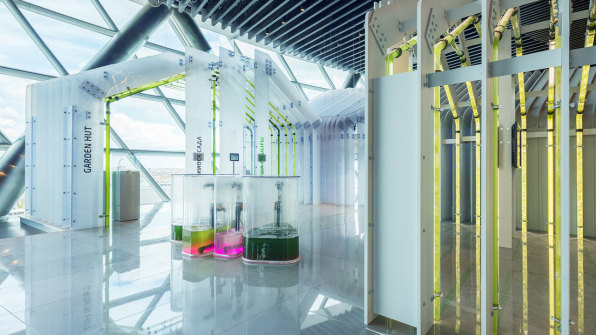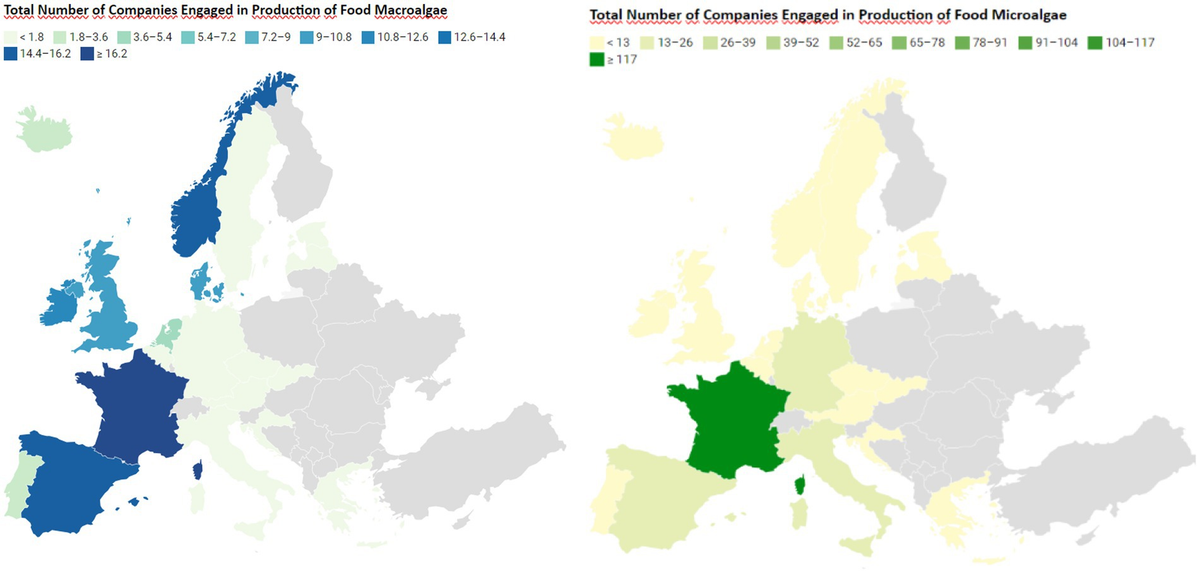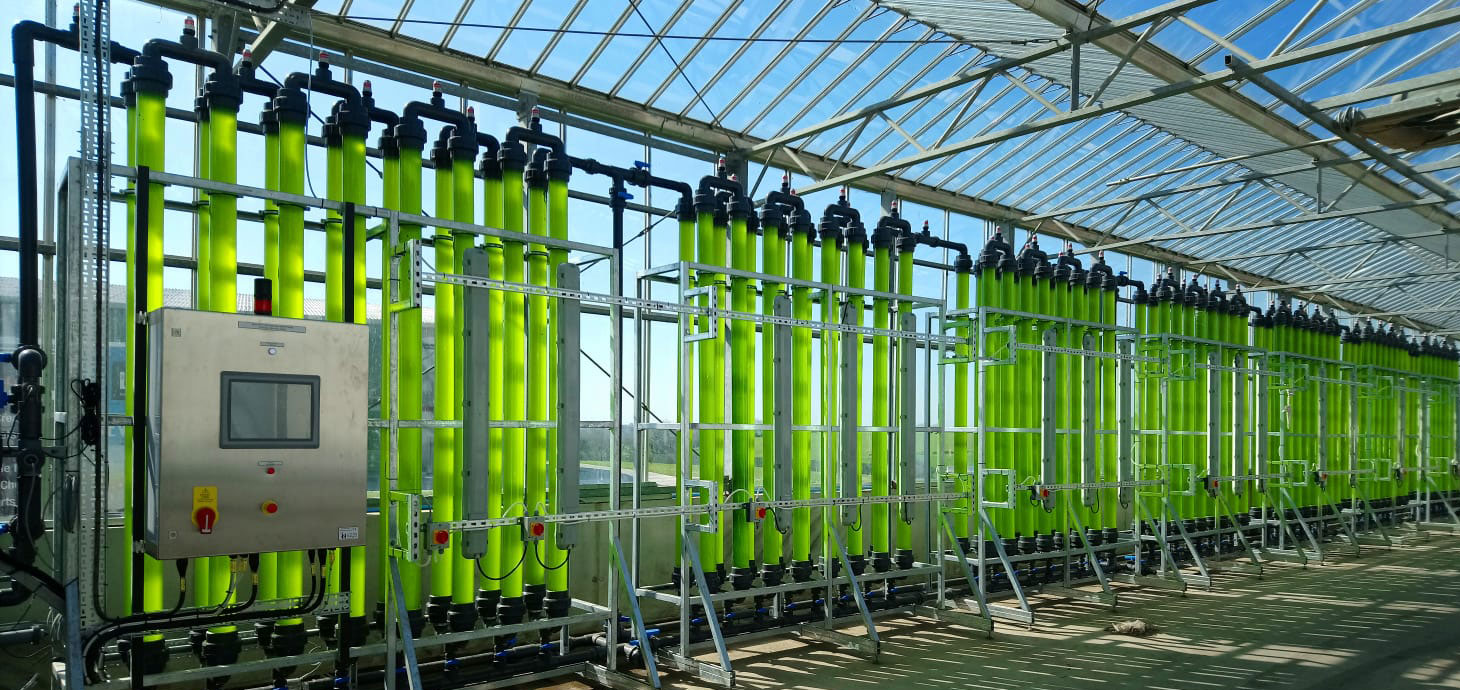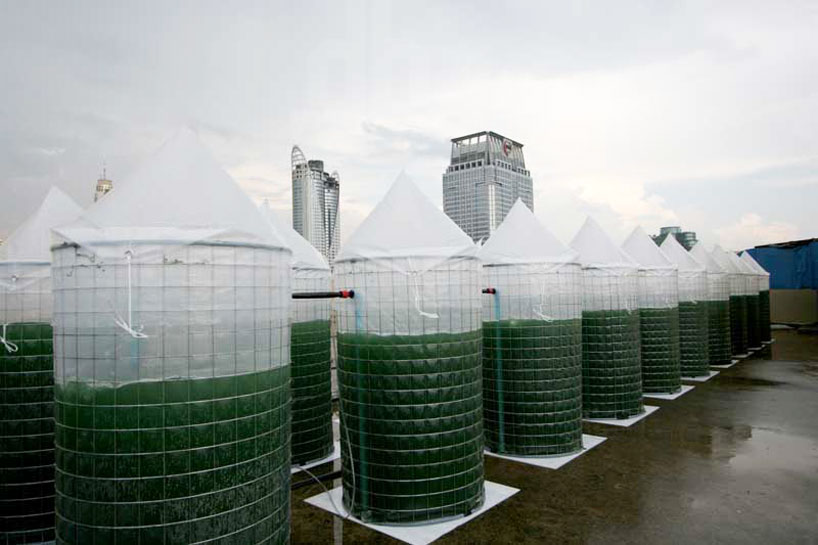Introduction and Context
As urban populations continue to rise and the availability of arable land decreases, innovative methods to produce food locally are becoming increasingly important. Urban algae farms are emerging as a promising solution for protein shortages. Studies and projects have highlighted the need for resilient and sustainable agri-food platforms that can operate on limited land. For example, a project described by ETH Zurich emphasizes the development of an urban microalgae‐based protein production system, specifically aimed at meeting food security needs in land‐scarce cities by using microalgae as a viable and sustainable protein source[1]. This approach is based on the recognition that urban areas demand novel systems to produce protein without competing for the limited land available for conventional agriculture.
Nutritional and Environmental Benefits
One of the key advantages of urban algae farming is the high nutritional value of algae-derived proteins. Research presented by the National Institutes of Health (NIH) underscores that microalgae offer a well-balanced amino acid profile, together with essential vitamins and polyunsaturated fatty acids, making them a high-quality protein source. Moreover, algae cultivation requires minimal land and resource inputs compared to traditional animal-based proteins or even commonly used plant proteins like soy[3]. This low resource demand is echoed by studies in the European literature, which report that algae protein production needs only a fraction of the land required for the production of meat, poultry, or even many plant-based alternatives[4]. In addition, an article from Anthropocene Magazine indicates that algae farming, when optimized, could generate protein yields that surpass the estimated total planetary protein demand for 2050, all while reducing freshwater and land pressures[2]. Such attributes make urban algae farms a highly attractive proposition for sustainable food production in modern cities.
Technological Innovations and Market Developments
Recent technological advancements have greatly contributed to the feasibility and appeal of urban algae farms. Innovations in cultivation methods—ranging from controlled indoor photobioreactors to novel extraction methods tailored for high yield and consistency—have helped improve the supply-chain eco-efficiency of algae-based products. For instance, various studies have experimented with methods of cultivating microalgae at scale while maintaining the delicate balance between rapid growth and stress-free production, which is essential for preserving the nutritional quality of the protein[3][4].
On the market side, innovative companies are capitalizing on algae’s potential to create products that cater not only to protein supplementation but also to food ingredients in meat alternatives and dairy substitutes. EU4Algae, an initiative supported by European stakeholders, has highlighted breakthroughs such as the development of protein-rich, chlorophyll-free Chlorella ingredients with neutral flavor profiles that can seamlessly integrate into a range of food products. In one example, a Danish company has introduced a white Chlorella ingredient that overcomes the previous limitations of strong flavors and dominant chlorophyll content, thereby broadening the scope for its application in analogues, baked goods, and dairy alternatives[5]. Such innovations underscore the versatility of algae-derived proteins and pave the way for their integration into urban food production systems.
Potential Impact on Urban Protein Supply
Integrating algae production into urban food systems could radically transform local protein supply chains. Urban algae farms offer the potential to produce protein locally, reducing reliance on long supply chains and lowering the environmental footprint associated with transporting food. Because microalgae can grow rapidly and under controlled conditions in compact spaces, they can be scaled to serve urban communities, providing consistent high-quality protein even in areas where traditional farming is not possible[1][4].
Moreover, given the pressing challenges of climate change and resource scarcity, the ability of algae to produce protein with very low water consumption and minimal fertilizer needs is especially pertinent. The ecological benefits of using microalgae are further amplified by their potential role in carbon sequestration during photosynthesis, thereby contributing to urban sustainability goals. These factors collectively position urban algae farms as an integral part of future food security strategies, particularly in densely populated, land-constrained cities.
Challenges and Future Outlook
Despite the promising potential, several challenges remain in making urban algae farms a widespread solution for protein shortages. Scaling production while ensuring product consistency, meeting regulatory standards, and overcoming consumer skepticism regarding algae-based food products are key issues that need further attention. Studies have noted that technical hurdles such as optimizing extraction and processing methods, as well as maintaining the nutritional integrity of algae protein during industrial-scale production, require ongoing research and development[3][4].
Furthermore, while technological innovations are rapidly emerging, the economic feasibility and cost effectiveness of widespread urban implementation are still under evaluation. However, the growing investments in research and the support from initiatives like those coordinated by EU4Algae suggest that these challenges are being actively addressed. With continuous improvements in cultivating and processing methods and increasing consumer acceptance driven by environmental concerns, urban algae farms appear to be a strong candidate for supplementing protein supplies in the future[5].
In conclusion, urban algae farms are not a panacea for all protein shortages, but they represent a significant and sustainable component of a broader food security strategy. They offer a viable alternative that combines high nutritional value with an environmentally friendly production process, potentially easing the strain on conventional agriculture in urban settings. As more research, innovation, and investment are directed towards overcoming the current challenges, the integration of algae-based protein production could become a critical element in addressing future protein demands.
Get more accurate answers with Super Pandi, upload files, personalized discovery feed, save searches and contribute to the PandiPedia.
Let's look at alternatives:
- Modify the query.
- Start a new thread.
- Remove sources (if manually added).











